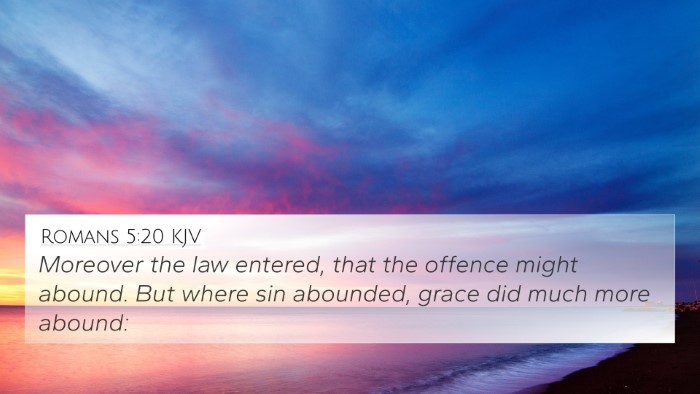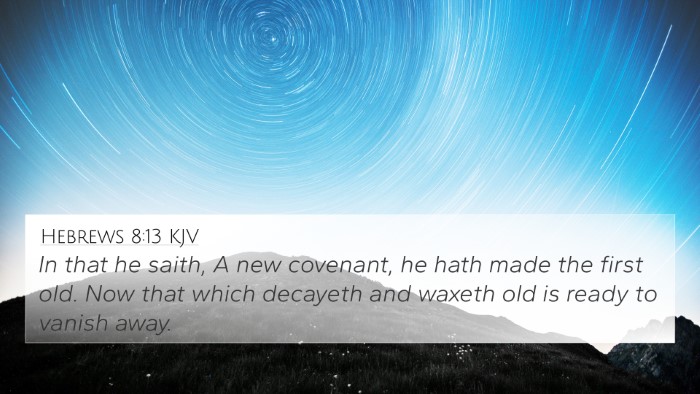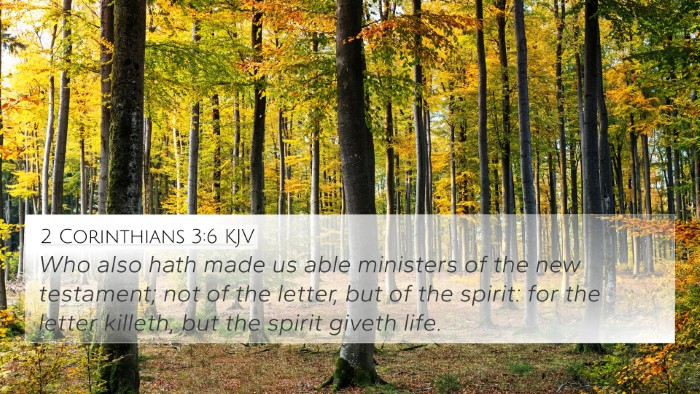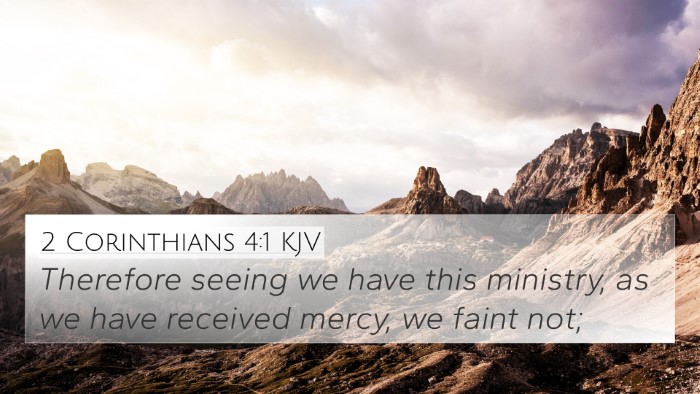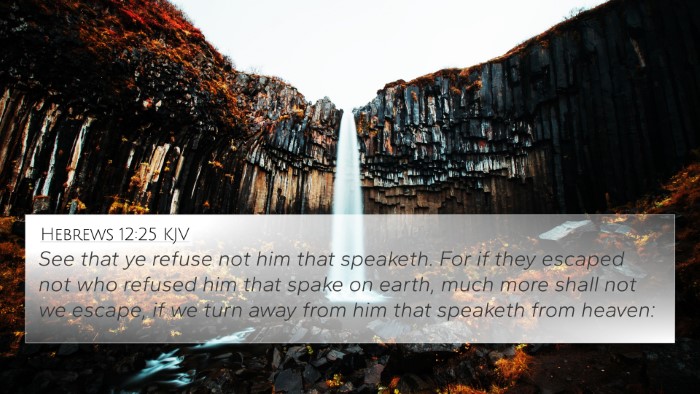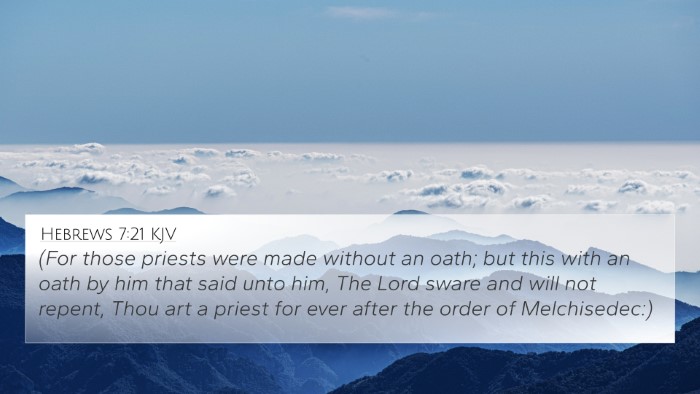Understanding 2 Corinthians 3:11
In 2 Corinthians 3:11, the Apostle Paul discusses the significance of the old covenant compared to the new covenant established by Jesus Christ. This verse encapsulates the broader theme of transformation and the permanence of the new covenant, which brings life and clarity in contrast to the fading nature of the old covenant.
The verse states: "For if that which is done away was glorious, much more that which remaineth is glorious." Here, Paul reflects on the glory associated with the old covenant, represented by the law given to Moses, and emphasizes the surpassing glory of the new covenant which offers a more profound and lasting relationship with God.
Key Insights from Commentaries
-
Matthew Henry:
Henry expounds on the contrast between the old and new covenants, noting that while the old covenant had its glory, it was not to be compared with the glory of the new covenant, which is everlasting. He highlights that the new covenant presents a clearer and more profound revelation of God's will and grace.
-
Albert Barnes:
Barnes elucidates that the old covenant is labeled as "done away" because it was fulfilled in Christ. He asserts that the righteousness and salvation granted through the new covenant far exceed what was provided under the law. Barnes emphasizes the transformative power of the Spirit in believers' lives as a centerpiece of this new arrangement.
-
Adam Clarke:
Clarke points out that the old covenant had an external glimmer but lacked the internal vitality offered by the Spirit. He remarks on the essential permanence of the new covenant as it entails a transformation that is not merely external but internal, creating a new creation in Christ.
Cross-References and Thematic Connections
Exploring the connections between Bible verses deepens the understanding of this passage. The following verses present a significant inter-Biblical dialogue that enhances the thematic richness of 2 Corinthians 3:11:
- Exodus 34:29-35: Moses’ face shone with glory, which eventually faded, signifying the temporary nature of the old covenant.
- Hebrews 8:6-13: This passage explains how the new covenant is established on better promises and highlights its superiority over the old covenant.
- Romans 7:6: Paul contrasts serving in the oldness of the letter with serving in the newness of the Spirit, mirroring the themes in 2 Corinthians 3.
- 2 Corinthians 5:17: References the creation of a new person in Christ, emphasizing the transformative power of the new covenant.
- Galatians 3:24-25: Further details how the law was a schoolmaster to lead us to Christ, underscoring the transition from the old to the new covenant.
- 1 Peter 1:23: Speaks about being born again, not of corruptible seed but of incorruptible, reinforcing the theme of transformation through the new covenant.
- John 1:17: Affirms that the law was given through Moses but grace and truth came through Jesus Christ, pointing to the supremacy of the new covenant.
Thematic Bible Verse Connections
The verse in 2 Corinthians 3:11 connects to a broader theme of the Scripture, which delineates how God progressively reveals His plan for humanity through covenants. The old covenant provided a shadow, while the new covenant, through Christ’s sacrifice and resurrection, reveals the fullness of God's grace and truth. Several key themes emerge:
- Transformation: The shift from the old to the new covenant reflects a fundamental change in the relationship between God and humanity.
- Glory: The concept of glory is juxtaposed, illustrating how the new covenant is characterized by enduring divine presence and clarity.
- Life: The new covenant grants life, contrasting the death associated with the law when it is viewed without the Spirit.
- Grace vs. Law: The graceful nature of the new covenant stands in stark contrast to the legalistic constraints of the old.
Tools for Bible Cross-Referencing
Understanding 2 Corinthians 3:11 through cross-referencing opens up a system of theological exploration that can enhance personal study or sermon preparation. Tools such as Bible concordances and cross-reference guides are essential for identifying these links. Some recommendations include:
- Bible Concordance: A comprehensive resource to find related scripture based on keywords.
- Cross-Reference Bible Study: Techniques to analyze thematic and doctrinal connections across various scriptures.
- Cross-Referencing Bible Study Methods: Approaches such as comparing Scripture with Scripture to derive deeper meanings.
- Bible Reference Resources: Various editions of Bibles come equipped with built-in cross-reference systems.
- Bible Chain References: Linking verses in a sequence to follow a theme or doctrine.
Conclusion
2 Corinthians 3:11 serves as a pivotal verse within the New Testament, encapsulating the transformative nature of the new covenant that supersedes the old. Through the comparative biblical analysis and connections to other scriptures, one can appreciate the depth of God’s plan and revelation through Christ. As we engage with these themes, we are invited to experience the lasting glory and transformative power of the gospel.



